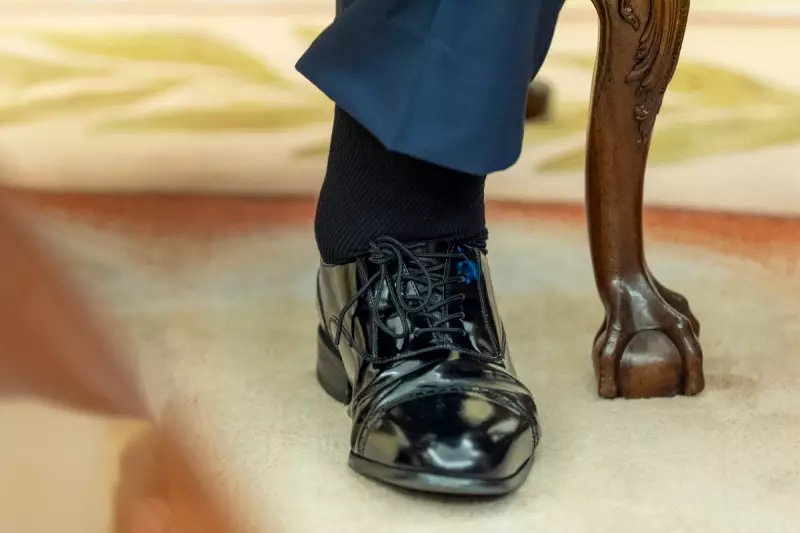
Former US President Donald Trump has reportedly been diagnosed with chronic venous insufficiency (CVI), a condition that affects blood circulation in the legs. The revelation has sparked public interest in the medical issue, which can lead to swelling, discomfort, and, in severe cases, ulcers.
What Is Chronic Venous Insufficiency?
CVI occurs when the veins in the legs fail to efficiently return blood to the heart, often due to weakened valves. This can cause blood to pool, leading to symptoms such as:
- Leg swelling
- Aching or heaviness
- Varicose veins
- Skin discolouration
- Ulcers in advanced cases
What Causes CVI?
Several factors can contribute to the development of chronic venous insufficiency, including:
- Ageing (vein walls weaken over time)
- Prolonged standing or sitting
- Obesity
- History of deep vein thrombosis (DVT)
- Genetic predisposition
How Is It Treated?
While CVI is not life-threatening, it can significantly impact quality of life. Treatment options include:
- Compression stockings to improve circulation
- Lifestyle changes such as exercise and weight management
- Medications to reduce swelling and discomfort
- Surgical procedures in severe cases
Medical experts emphasise that early intervention can prevent complications. If left untreated, CVI may lead to chronic pain and mobility issues.
Why Is Trump's Diagnosis Significant?
Given Trump's high-profile status, his diagnosis has brought attention to a condition that affects millions worldwide. While the 77-year-old has not publicly commented on the matter, reports suggest he has been managing the condition with medical guidance.
Dr. Jane Smith, a vascular specialist, told The Independent: "CVI is common, especially in older adults. Many people live with mild symptoms without realising they have it. Awareness is key to early treatment."





